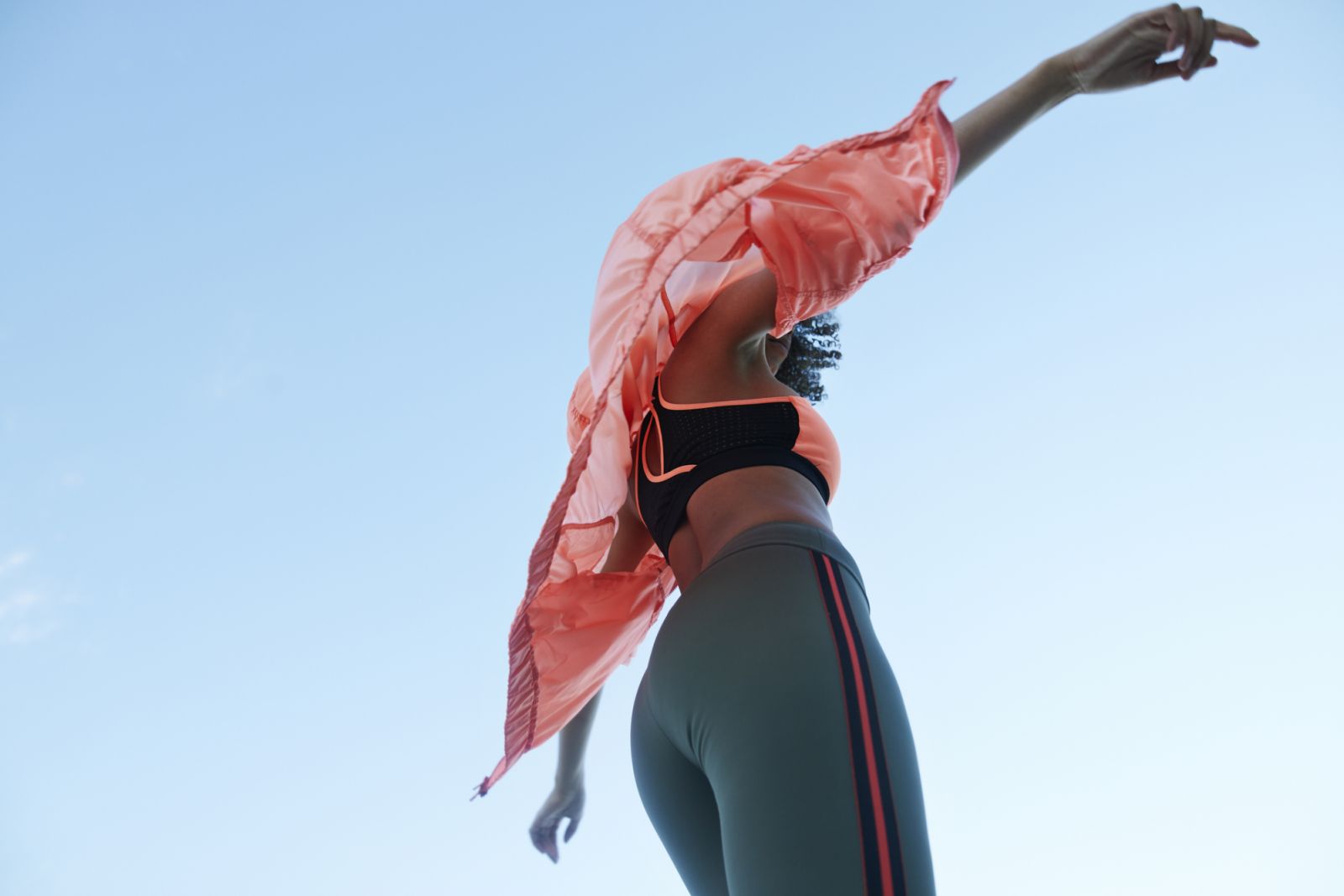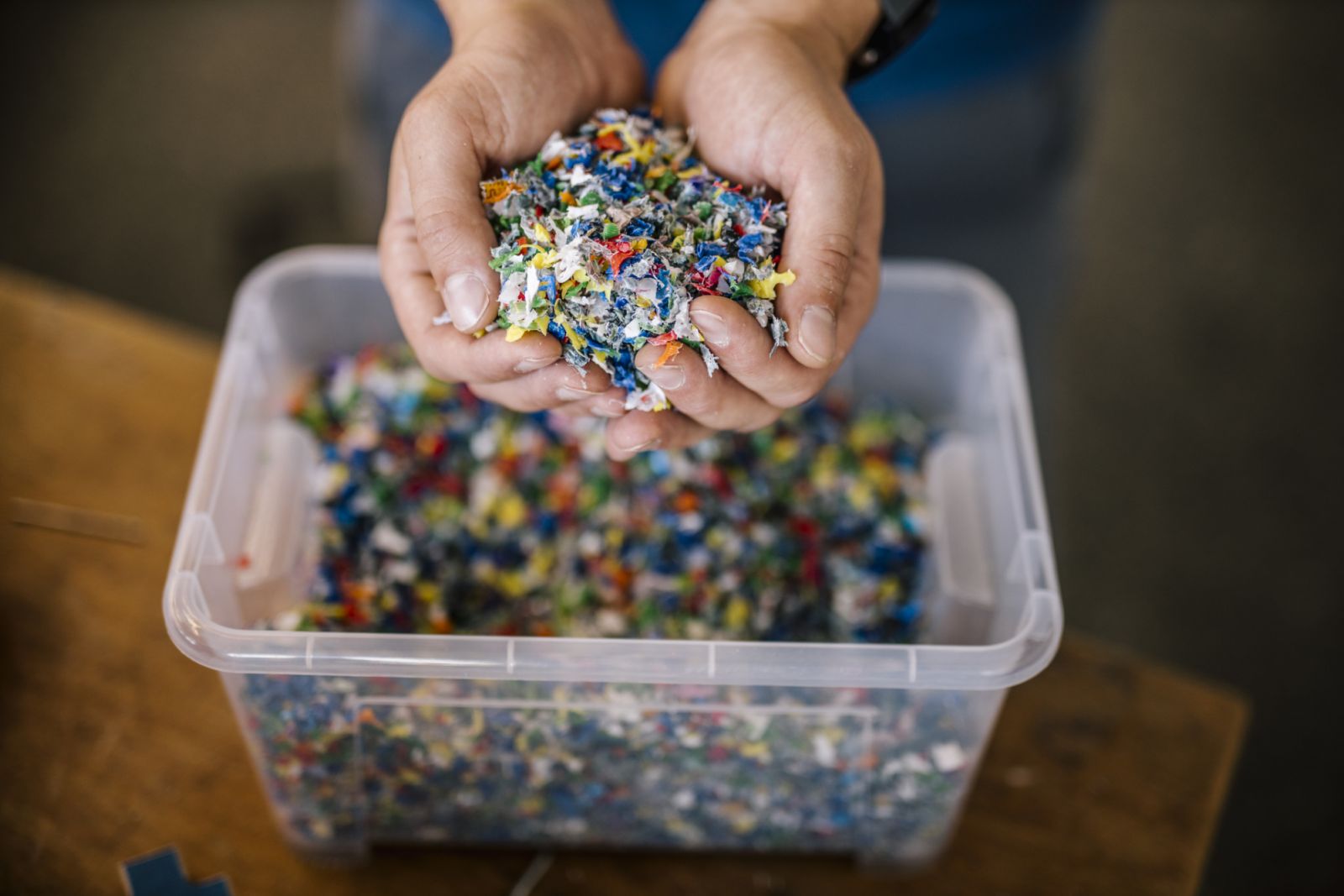Sportswear, athleisure and sneakers are big business, but they depend on fossil fuel-based materials and recycling them is tricky
Have you ever wondered what becomes of your old sports shoes? We might wear them for a year, then throw them out or donate them.
Almost 24 billion pairs of shoes are made each year, with a mere 5 percent estimated to be recycled. Many shoes donated to charity are unwearable.
That means tonnes of sneakers and runners—along with sports and athleisure apparel—end up in landfill each year. It also means these markets have a sustainability problem.
Read more: Sustainable shopping: Learn how to be a mindful consumer
Why sportswear lags on ‘circular fashion’
As one of the key sectors responsible for resource use and carbon emissions, the fashion industry is under increasing pressure to transition from a linear take-make-waste system to a “circular” model, where products are used more, made to be recycled and constructed from safe and recycled or renewable resources.
And while the industry at large is making progress, sports and athleisure apparel present a significant challenge due to their dependence on fossil fuel-based materials and the sheer quantity of goods being produced.

It can also be difficult to repair and recycle these products because of complex materials and construction, and demands linked to high performance needs.
Footwear is particularly problematic. Unlike a basic T-shirt, which might consist of a single material such as 100 percent polyester, a sneaker or running shoe can be made of as many as 65 materials and components—many of which are bonded with adhesives, hindering disassembly for recycling.
Perceived hygiene concerns relating to clothing in close contact with the skin and sweat can also deter reuse. While the resale market for barely used sneakers is vibrant, even the most sustainably conscious consumer might baulk at wearing a pair of older second-hand runners.
Read more: Sustainability and fashion: Are shopping second-hand and vintage the new trend?



